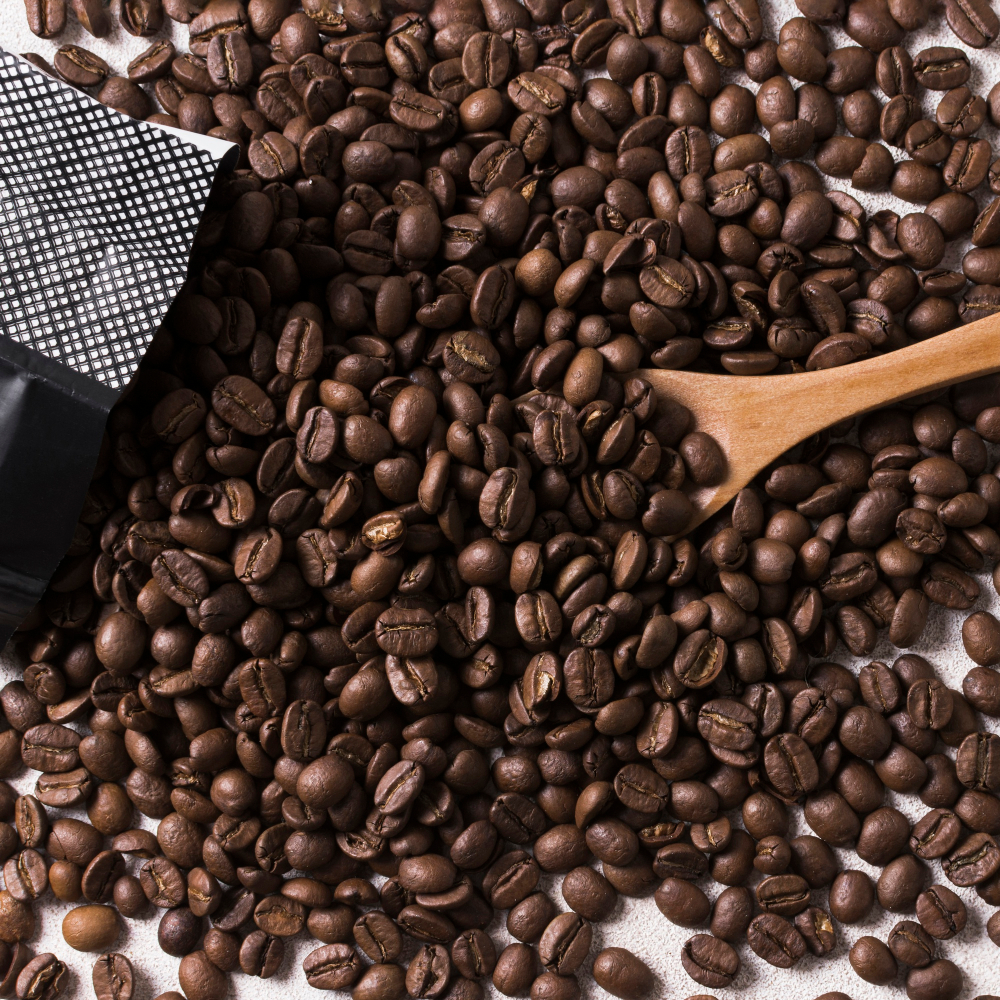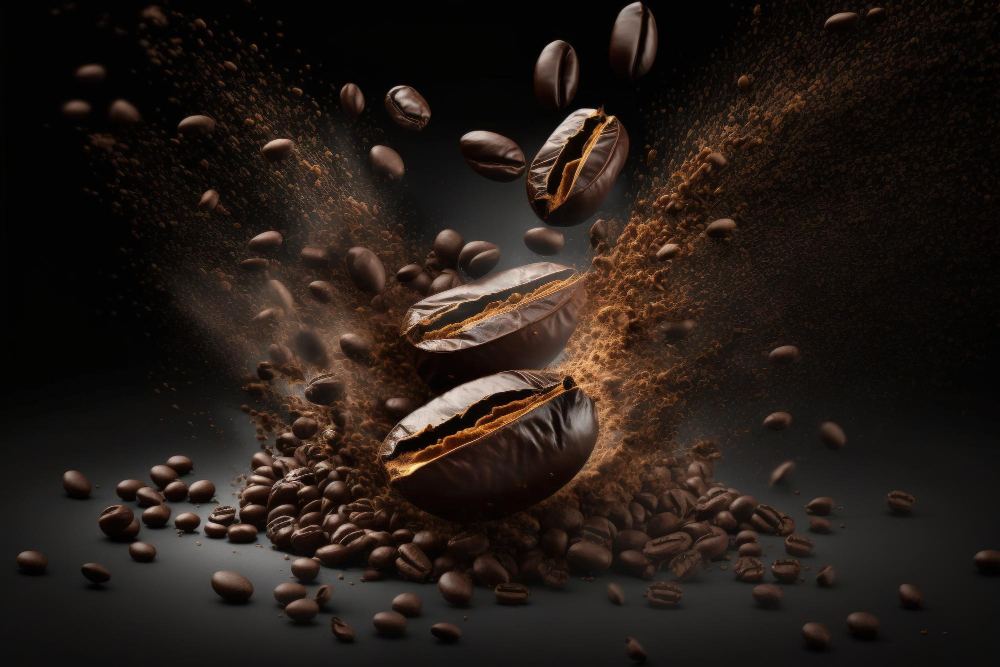The process of roasting is essential to the transformation of green coffee beans into the aromatic beans that we grind and brew. Roasting doesn’t just change the colour of the coffee beans but significantly alters their taste, aroma, and chemistry. This article delves into the intricacies of the roasting process tailored for the UK audience.

- Efficient Cleaning: Dual-layer screen captures chaff; easy brush-off cleaning.
- Fast Cooling: Cools a pound of beans in under 2 minutes, preventing bitterness.
- Effective Dissipation: All-round vents with a high-temp resistant metal fan.
- Home-Friendly: Ideal for household coffee bean roasters.
- Durable Build: Made of high-temp resistant stainless steel; ensures long-lasting use.
How Roasting Transforms Coffee Beans
Roasting coffee is a thermal process where green coffee beans are exposed to high temperatures. This leads to various chemical reactions that define the flavour, aroma, and quality of the coffee. Let’s unpack the fundamental transformations:
- Maillard Reaction: Responsible for the browning of the beans and the development of complex flavours and aromas.
- Caramelization: Sugars in the beans undergo this reaction, which impacts the sweetness and richness of the flavour.
- Pyrolysis: This reaction initiates at the end of the roasting process, giving the coffee its roasted character and producing the typical bitterness.
How long should coffee be roasted?
The duration of the roast depends on the desired coffee profile. Generally, roasting times vary from 9 to 20 minutes, depending on the roasting equipment and the specific characteristics one aims to achieve in the coffee.
“A well-roasted coffee is a delicate balance of time and temperature.”
The stages of coffee roasting
- Drying Phase: Lasting for the initial few minutes, this phase removes moisture from the beans.
- Browning Phase: As the name suggests, beans begin to turn brown as the Maillard reaction kicks in.
- Development Phase: This is the final phase, during which the roast level is determined. It’s in this phase that we get light, medium, or dark roasts.
Does coffee get stronger the longer you roast it?
One of the common misconceptions is that darker roasts mean stronger coffee. However, the strength of coffee is more related to the brew ratio than the roast level. But it is true that darker roasts have a more pronounced roasted flavour and less acidity. On the contrary, caffeine content slightly decreases with extended roasting times, meaning a lighter roast will typically have slightly more caffeine than its darker counterpart.
What happens if you roast coffee too fast?
Roasting coffee too quickly can be problematic. It might result in an uneven roast where the outside of the bean is darker than the inside. This inconsistency is often referred to as “tipping” or “scorching” and can lead to flavours that are grassy, sour, or overly acidic.
Factors affecting roast speed
| Factor | Effect on Roast |
|---|---|
| Bean moisture content | Higher moisture beans require more energy and time to roast. |
| Roasting equipment | Different machines have different heating efficiencies, impacting the roasting time. |
| Ambient conditions | Temperature and humidity of the roasting environment can influence the process. |
In conclusion, the roasting process is a combination of art and science, and understanding its intricacies can greatly elevate your coffee experience. Whether you prefer a light, medium, or dark roast, the journey of the coffee bean from its green state to your cup is a fascinating one, filled with complex reactions and subtle nuances.



